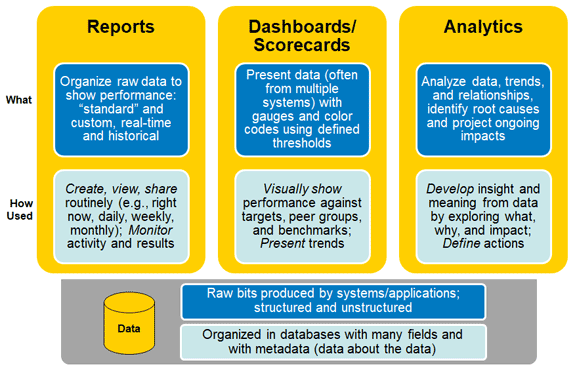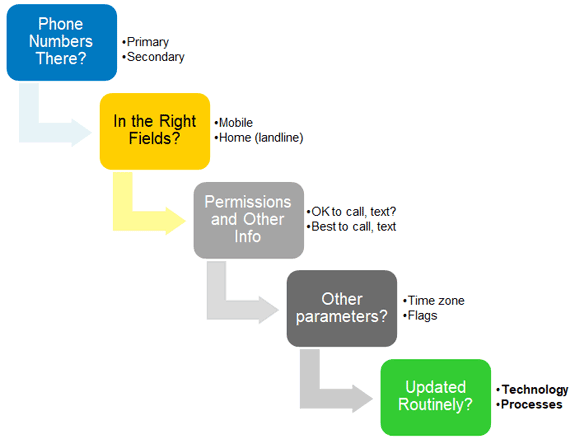Contact centers are awash in data. But let’s break this big bucket of data into two chunks: one about customers, and a second one about their interactions and how they are handled.
In order to serve customers, centers need good, complete, up-to-date data about them. While names, addresses, contact information are starting points for a customer profile, details like preferences and affinities lead to customized and personalized service delivery. Contact history is another incredibly valuable data element, ideally across all channels. Customer information is gathered and maintained in Customer Relationship Management (CRM) solutions, home-grown tools, and/or systems that serve the core business (accounts, orders, billing, etc.).
Customer data can be less than stellar when it has not been a focus of the center and the enterprise to capture and maintain it. Common issues include no data fields (e.g., contact history), unpopulated fields (e.g., email), and data in the wrong places (the increasingly important mobile phone numbers are notorious here). Unstructured data is also common, reflecting good intentions about capturing information for which no specific field has been defined. For example, a simple “workaround” to capture notes about who to call, which number to use, or a customer preference can quickly become unwieldy. It is no small task to transition these notes to structured information in specific data fields that can readily be used in business decisions and automation.
Our second data category about interactions and their handling is a focus of many vendors in our industry – ACD, IVR, QM, WFM, etc. All these systems generate mountains of data about every contact, the center’s performance, and what agents are doing. The vendors create countless “standard” reports using that data along with tools to help customize or configure “custom” reports. Going a step further, many tools facilitate creation of dashboards for real-time visual views, scorecards to show performance against goals and trends, and analytics to dive deeper into data, relationships, and root cause.
The following figure defines and differentiates data, reports, dashboards/scorecards and analytics.

Sadly, the most common use of all that CC data seems to be to dump some of it into Excel and reformat it and consider a report creation “mission accomplished.” That doesn’t come close to serving the day-to-day needs of the center or fulfilling the strategic potential.
If we’re going to give all this data its due, we need to take a new approach, on both fronts. Centers could prioritize a “clean up” effort on customer data, accompanied by process refinement to ensure the data stays clean and continues to be updated. That task is not trivial. It may require IT to create new fields. It requires well-defined processes for agents to know what and when to update (e.g., not when the queue is all backed up!). And it may point to the need to engage external sources to help with information such as phone numbers given their importance in the identification and verification (ID&V) process, as well as potential for outbound communications such as confirmations and notifications.
Here’s a high-level view of data clean up:

Moreover, it’s time for many centers to hit “refresh” on how these tools get used. Start with some questions:
- Are people using the reporting tools? Trained on them? Know how to configure or customize?
- Do we have resources with the right skills and training to help?
- Does the vendor offer some online training or other ways to deep dive into the tools?
- Can we present data in useful and appealing (maybe even fun!) fashion to the front-line staff to drive the behavior and positive results?
- What should we present to leadership to show the center’s performance and contribution to the business goals?
Integration and normalization must be part of advanced use of data to pull together information from multiple systems to develop insights and drive actions. Look at vendor tools as part of this endeavor – many provide paths to integration. IT and BI groups may play a role: consider your enterprise strategy and tools for data warehouses and BI in addition to your contact center-specific tools and data.
